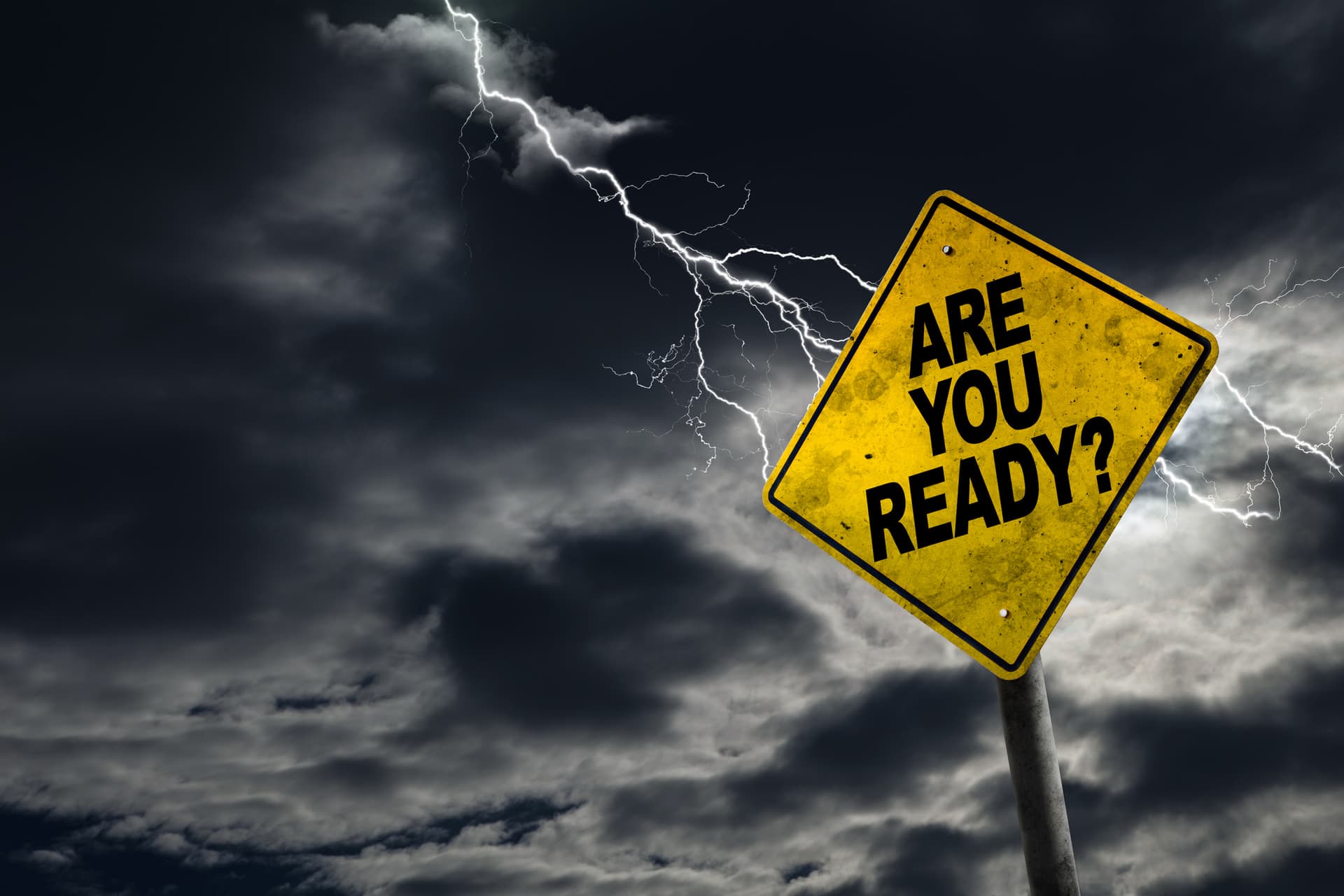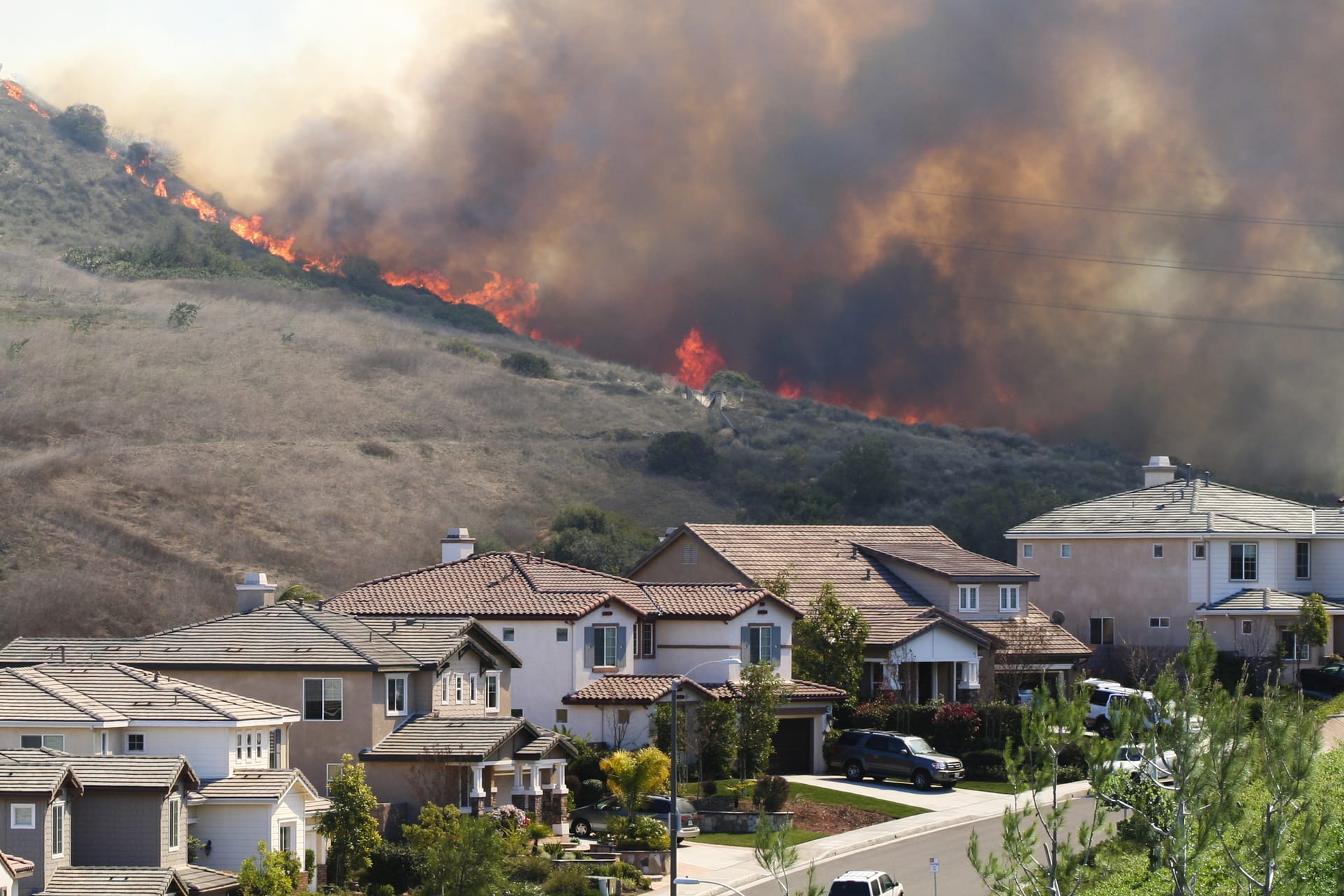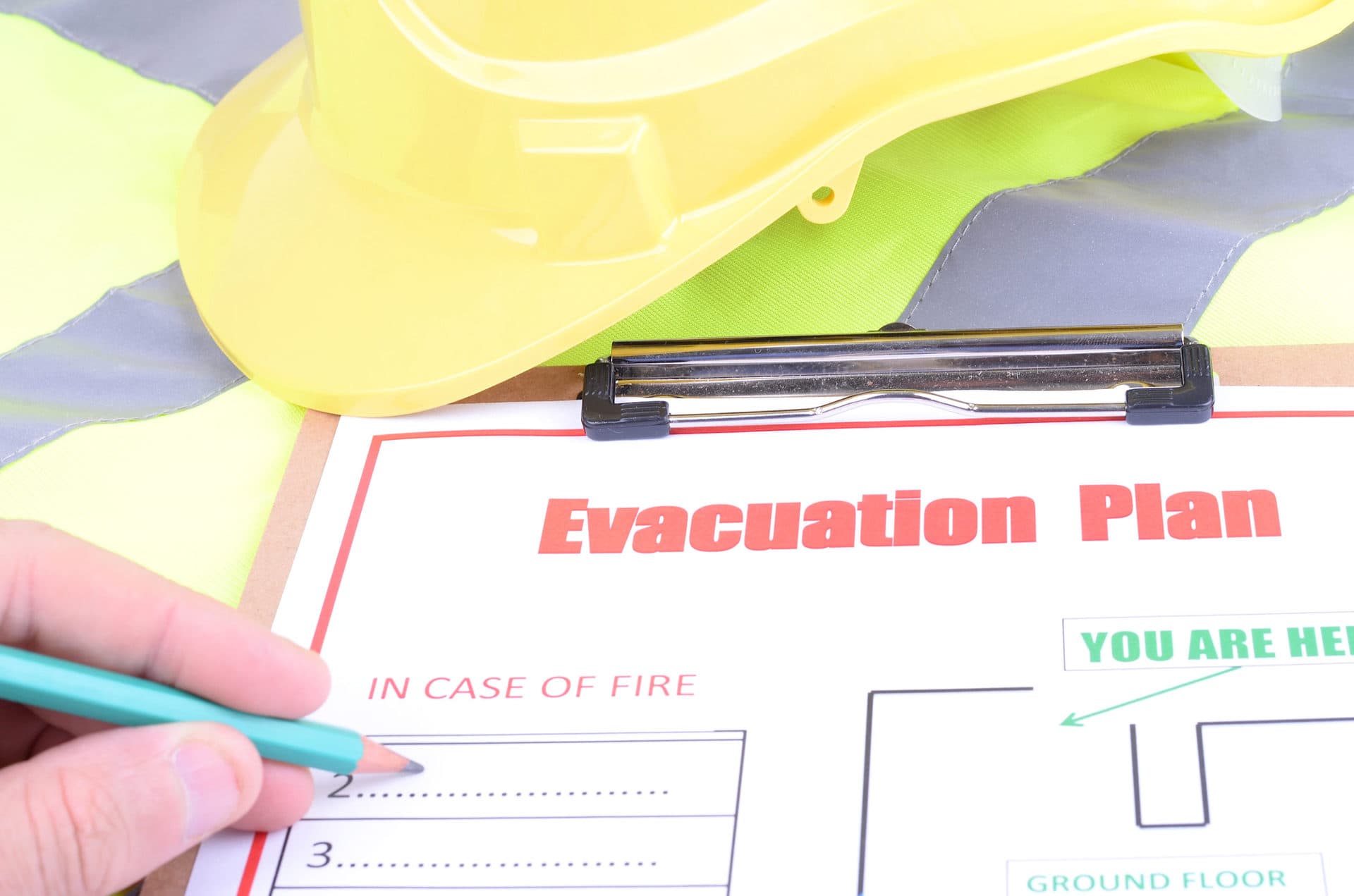
September is National Preparedness Month. The campaign, which asks, “How prepared is your family?” was created to promote personal and community disaster planning during the month and throughout the year.
As the nation continues to respond to COVID-19, the west is battling blazes that show no signs of stopping, and the hurricane season for 2020 is expected to be above-average. Should the worst happen, how prepared is your family, and does your business plan have a strategy in place to weather the storm?
The Federal Emergency Management Agency (FEMA) estimates that 40 percent of small businesses never recover from disasters. Another 25% that do re-open will fail in their first year back. While big businesses have more capital to help alleviate the pressure a natural disaster can place on a company, all sizes of businesses should have an emergency plan in place that outlines how to prepare for a crisis, and how operations will be restored after a disaster.
These five steps will help you prepare your business for a crisis:
One: Assign Responsibility: Look to appoint someone who is well-suited to manage during a crisis. This person will need to take the lead should an event take place – counting staff, speaking with first responders, and possibly leading an evacuation. If possible, this person should not be an owner or executive – they will have their hands full with other responsibilities during a disaster.

Two: Identify Threats: There are several areas to consider:
- What risks are specific to your location? Earthquake, tsunami, flood, forest/urban fire, landslide, severe weather, etc.
- What risks are close to your place of business or project site? Railway, major highway, river, storage/management of dangerous goods, etc.
- Does the nature of your business increase exposure to natural events or human-mistake events?
- How likely is an event to occur, and if an event does occur, is the potential impact minor or capable of serious destruction?
Three: Reduce Risk: The best way to avoid disaster is to prepare for it.
- Fire: Make sure your business and project sites have fire safety equipment that is up to date and accessible. Move flammable materials away from potential sources of fire. Ensure your office’s wiring is up to code and not a potential source of fire.
- Flood: Ensure that your electronic equipment is located away from areas that would flood first (basements, for example). Move important documents away from these same areas.
- Earthquakes/tsunamis: Position equipment and furniture to minimize the risk of injury. Ensure transportation is on-site for quick movement to higher ground if you’re located seaside.
- Miscellaneous: Make sure your security systems are applicable to the potential dangers your company may face. Ensure your data systems are backed up and that those back-ups are secure (at another location, in a waterproof/fireproof location, etc.). Review insurance options with your broker to make sure that you’re covered for potential dangers.

Four: Prepare an Emergency Plan: It’s important to document essential procedures and reference lists.
- Evacuation procedures should be reviewed and practiced every six months. There should be alternate exits for employees to move out of the building and two reporting areas in two separate locations.
- Determine a procedure for reporting who is present/missing.
- Create a list of emergency numbers that include home/cell numbers for employees; the name and contact information for the crisis management leader; details for major clients/suppliers; your insurance broker’s information; numbers for state/regional emergency preparedness agencies; and details for outside resources that may be able to help during an emergency.
- Determine, in order of priority, which operations/functions are essential for your company to focus on in the immediate days and weeks after the disaster.
- Keep vital records safe. Have a paper copy of contracts and information that is critical to business operations. and make sure there is a duplicate copy somewhere safe (off-site, in a lockbox). Keep all your important documents on a memory stick that’s ready to go. Consider using cloud computing services to store the most important information.
Five: Test the Plan: Surviving a natural disaster may involve a team effort so everyone – EVERYONE – should be trained and prepared.
- Equip your staff with the skills they would need to survive a natural disaster, such as CPR and first aid training. Hire someone to do this if your company isn’t able. Make sure new employees are onboarded with these skills so everyone is on the same page.
- Train your staff so that they’ll be able to apply what they learned. When disaster strikes, people often panic. If your people feel comfortable with procedures and their own knowledge of what to do, they’ll be more likely to follow workplace procedures when it counts.
- Test the plan regularly by running emergency drills so that you can see if it needs revisions or updates. Come up with a mock disaster scenario that could happen, like a fire in the office or a flood if you’re located near water, and build a scenario that your team can respond to. When the mock drill is done, scrutinize how employees reacted and look for potential areas of weakness.
Don’t wait until it’s too late – planning ahead can be the difference between survival and failure.
Did you know that CURT’s network is still meeting in the virtual space? The next CURT Connect event will be held on September 29th from 3 to 4 PM Eastern Time. Its focus will be on safety and wellness – registration is FREE so be sure to join for an interesting, informative, and interactive discussion!
Join us for an interactive discussion! Register today at https://www.curt.org/events.
If you’re interested in delving deeper into the topic of safety and wellness, consider joining CURT’s Safety and Wellness Committee to address core safety initiatives that affect the construction industry on a daily basis. Reach out to construction-users@curt.org for details on how to participate.
Connect with CURT to stay up to date on everything construction related. Link up with us on Facebook and LinkedIn for more great content that will help you lead your team and succeed in your position.
CURT’S MISSION IS TO CREATE A COMPETITIVE ADVANTAGE FOR CONSTRUCTION USERS. CURT ACCOMPLISHES THIS MULTIFACETED OBJECTIVE BY PROVIDING AGGRESSIVE LEADERSHIP ON THOSE BUSINESS ISSUES THAT PROMOTE EXCELLENCE IN THE CREATION OF CAPITAL ASSETS.

Hi, your information is very inspired by me, and your information is very impressive and so much helpful for me. Keep it up and Thank you very much.:)